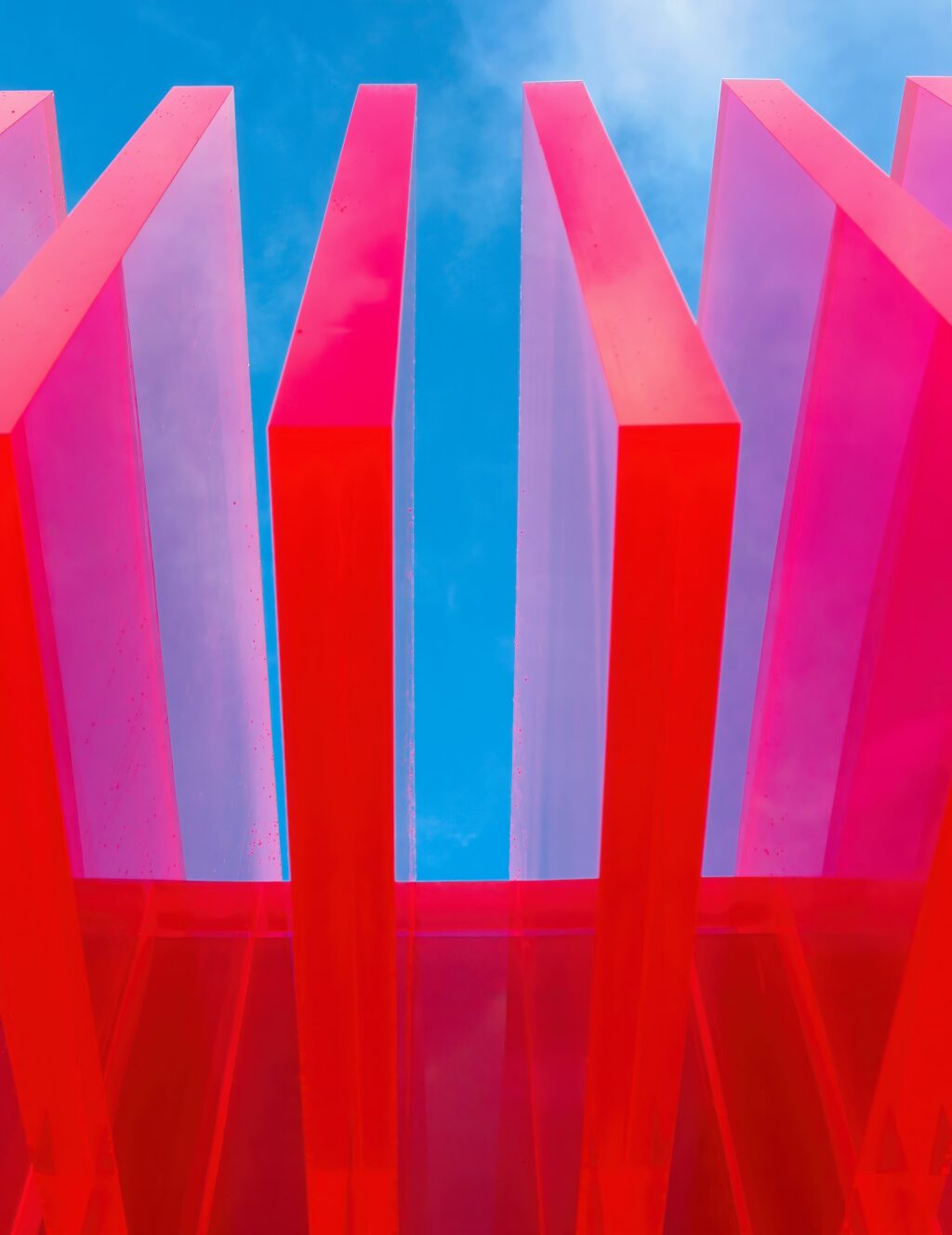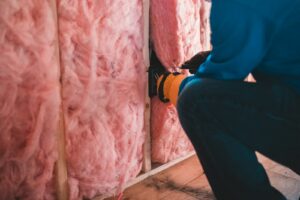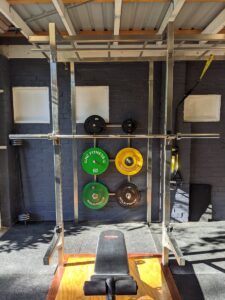The Environmental Impact of Acrylic Sheets

Renovating your home when unsure about the quality and sustainability of the materials used can be challenging. Considering that many materials require a lot of energy to create and maintain, is there something sustainable to use? And if so, what is the price for the end customer?
Despite looking for products that fit your budget, sometimes you want to use durable materials that will last longer and enhance the value of your home. Drywall, vinyl and aluminium are the least reliable materials, so try to swift your choices towards better options.
One of the best materials for a house improvement or almost any kind of project includes acrylic sheets. They’re versatile enough for multiple applications and are affordable, so let’s see why they’re beneficial and how much they impact the environment.
What are acrylic sheets used for?
In terms of home improvement, acrylic sheets have multiple usages. For example, you can install them to replace an old kitchen backsplash since they’re easier to clean, waterproof and durable. A colourful piece of acrylic sheeting can do so much more for your house, such as being the pièce de résistance of your glass doors since they’re more durable and have varied designs compared to glass.
When it comes to home décor, making a picture frame or wall shelves from acrylic sheets will enhance the design and style you want for your rooms. Acrylic is so durable that you can use it to make a coffee table for your living room or a bed frame since it’s less likely to break than wood.
Plenty of other projects can be developed and finished with acrylic sheets, which is why it’s the perfect material for anyone who likes to make DIY arrangements around the house and be economical. But how sustainable are acrylic sheets?
Sustainability and acrylic sheets
To answer shortly, yes, acrylic sheets are sustainable and a great material that doesn’t harm the environment. Although it may be considered a form of plastic, the synthetic polymer that contains it makes it easy to manufacture the material, giving it a great sustainable record. Plus, this plastic material is easy to thermoform and has incredible stiffness for what it’s made of.
Unfortunately, despite being highly recyclable, only a few facilities provide the option, which may be why not so many people use it. Acrylic can be transformed into new products through chipping, melting, and so much more without losing its properties, according to Plasticsheetsshop.co.uk, where you can check out attractive acrylic options.
What are the benefits of acrylic sheets?
Acrylics have plenty of advantages, besides being an excellent substitute for traditional glass, that you may want to consider for the next home improvement project:
- They’re 30 times as strong as glass due to the flexibility achieved by the multiple forms of plastic, which minimises the risk of breaking;
- They’re twice as light as glass, a feature that advantages multiple projects, such as decorations around the house;
- They’re cheaper compared to glass, and even other materials; but also, easier to cut to whatever size you get, which, with glass, it’s more complicated to achieve;
- They’re easier to process since the breaking risk is almost none, so that you can use plexiglass or clear acrylic to saw, mill, glue or even polish future projects;
- They’re hardwearing, so they don’t discolour due to UV and moisture-resistant properties;
- They let more natural light inside the house since it has a high level of light transmittance;
- They’re safer to handle than glass, which is why acrylics are often used as the primary materials for aquariums;
Do acrylics have disadvantages?
Along with the lack of recyclable locations, acrylics do have some disadvantages. First, the sheets are more likely to get scratches if improperly cleaned. Plexiglass, for example, is more susceptible to these aspects, so you need to clean them with special solutions and a polishing cloth to maintain them in good condition.
Secondly, the acrylic material isn’t heat resistant, which is why it can’t be used as panels where sun exposure is constant and heat is present. A better option would be clear polycarbonate if you want something that can sustain high temperatures for longer. However, research the steps required for your project thoroughly and ensure that you don’t choose acrylics for a process that includes high temperatures.
What types of acrylic sheets can I get, and how can I maintain them?
There are two main types of acrylic sheets: cast plexiglass has the highest quality, while extruded acrylic is not that qualitative but is more cost-effective. Cast acrylics also come in varied forms, from crystal clear, opal and coloured models, and you can even get sheets with matt surfaces, proving this material’s flexibility. These options are mainly used for decorative purposes and interior design applications.
Cast acrylics are also much easier to handle and modify however you need, while extruded ones might require some professional help to break them into the desired form. However, both are great options for whoever wants an upgrade to their house.
Regarding the cleaning process, the effort may be more significant in comparison with regular glass since acrylic sheets are prone to scratches if they’re not maintained properly. The supplies you may need include a plastic detergent cleaner, warm water and some polishing microfiber; a soft sponge should also help in the process.
Choosing a professional antistatic cleaner to avoid further scratches is best, and it also helps minimise the frequency of cleaning. Use a generous amount of water and a little bit of detergent to clean the glass properly, and always choose a microfiber instead of a normal cloth. In the end, let the glass dry naturally; and don’t worry; no dirt will be left behind.
Final thoughts on acrylic sheets
What do you think about this material? Acrylic sheets may not be used that often. Still, they’re an excellent substitute for regular ones because they’re less likely to break, are easier to mend, and come in various fun colours to make your home more welcoming. Plus, they’re environmentally friendly; what could be better?





